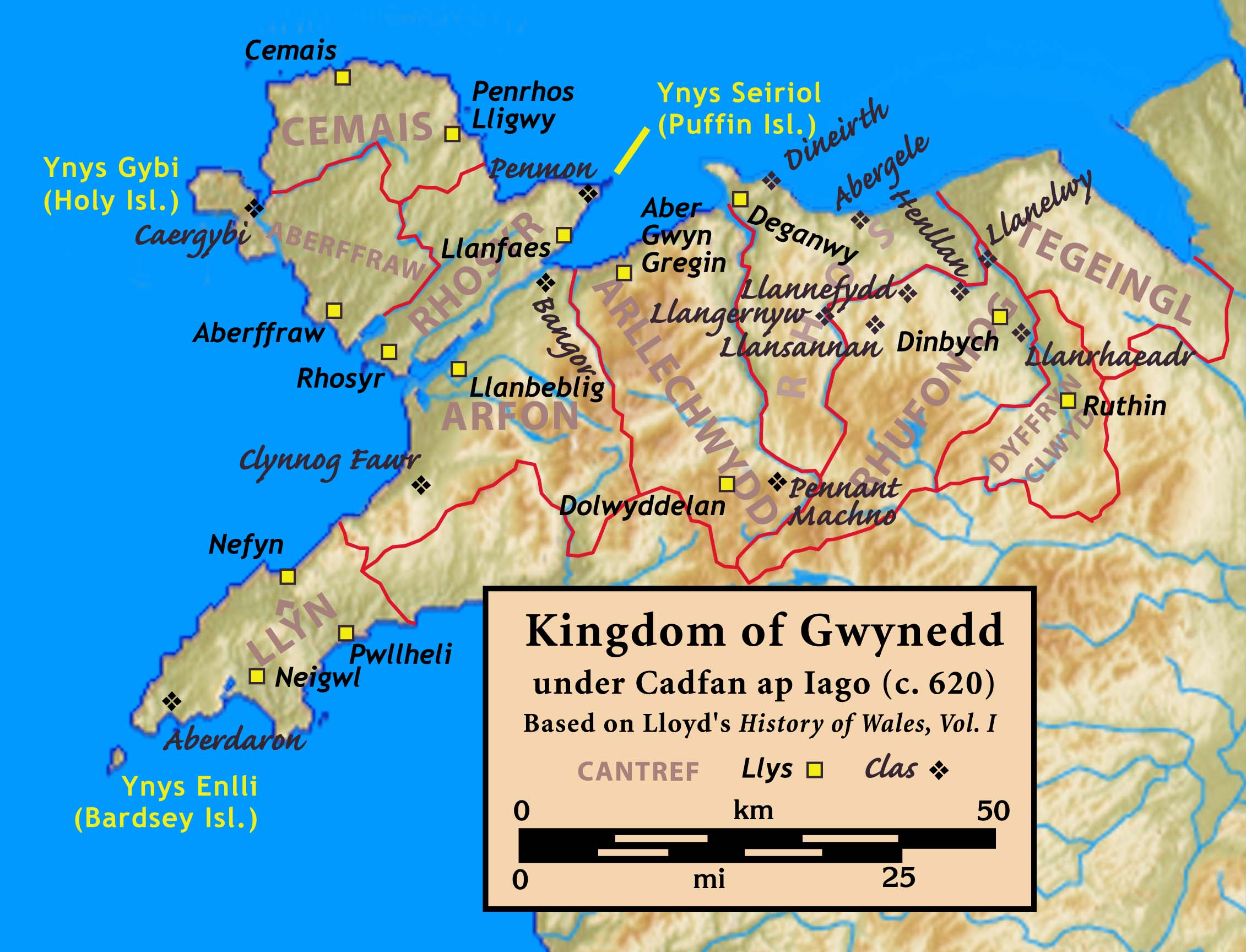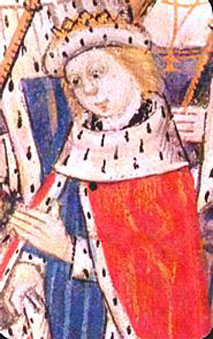|
Battle Of Aberconwy
The Battle of Aberconwy or the Battle of the Conwy Estuary was fought in 1194 between the forces of Llywelyn ap Iorwerth and his uncle Dafydd ab Owain Gwynedd for control of the Kingdom of Gwynedd. Llywelyn's victory allowed him to claim the title of prince of Gwynedd and, in turn, prince of Wales Prince of Wales (, ; ) is a title traditionally given to the male heir apparent to the History of the English monarchy, English, and later, the British throne. The title originated with the Welsh rulers of Kingdom of Gwynedd, Gwynedd who, from .... Ejected from his lands, Dafydd went to live in England and died in 1203. References {{DEFAULTSORT:Aberconwy Battles involving Wales Battle of Aberconwy Battle of Aberconwy Battle of Aberconwy Conflicts in 1194 ... [...More Info...] [...Related Items...] OR: [Wikipedia] [Google] [Baidu] |
Llywelyn Ap Iorwerth
Llywelyn ab Iorwerth (, – 11 April 1240), also known as Llywelyn the Great (, ; ), was a medieval Welsh ruler. He succeeded his uncle, Dafydd ab Owain Gwynedd, as King of Gwynedd in 1195. By a combination of war and diplomacy, he dominated Wales for 45 years. During Llywelyn's childhood, Gwynedd was ruled by two of his uncles, who split the kingdom between them, following the death of Llywelyn's grandfather, Owain Gwynedd, in 1170. Llywelyn had a strong claim to be the legitimate ruler and began a campaign to win power at an early age. He was sole ruler of Gwynedd by 1200 and made a treaty with King John of England that year. Llywelyn's relations with John remained good for the next ten years. He married John's natural daughter Joan in 1205, and when John arrested Gwenwynwyn of Powys in 1208, Llywelyn took the opportunity to annex southern Powys. In 1210, relations deteriorated, and John invaded Gwynedd in 1211. Llywelyn was forced to seek terms and to give up all lands ... [...More Info...] [...Related Items...] OR: [Wikipedia] [Google] [Baidu] |
Dafydd Ab Owain Gwynedd
Dafydd ab Owain Gwynedd ( – 1203) was king of Gwynedd from 1170 to 1195. For a time he ruled jointly with his brothers Maelgwn ab Owain Gwynedd and Rhodri ab Owain Gwynedd. Dafydd was the son of Owain Gwynedd and Cristin ferch Goronwy ab Owain (married ). Since Owain and Cristin were first cousins, the marriage was not accepted by the church, which regarded Dafydd as illegitimate. Dafydd first appeared on the scene in 1157 when King Henry II of England invaded Gwynedd. Dafydd was involved in the skirmish near Basingwerk in which King Henry was nearly killed. In 1165, he was recorded as having settled in the Vale of Clwyd and as having attacked Tegeingl, gaining much plunder. Upon the death of Owain Gwynedd in 1170, his sons fell into dispute over lordship of Gwynedd. Together, Dafydd and Rhodri attacked and killed their brother Hywel ab Owain Gwynedd that same year. Dafydd drove out Maelgwn in 1173, sending him fleeing to Ireland. Other brothers, Iorwerth Drwyndwn and Cyn ... [...More Info...] [...Related Items...] OR: [Wikipedia] [Google] [Baidu] |
Kingdom Of Gwynedd
The Kingdom of Gwynedd (Medieval Latin: ; Middle Welsh: ) was a Wales in the Early Middle Ages, Welsh kingdom and a Roman Empire Succession of states, successor state that emerged in sub-Roman Britain in the 5th century during the Anglo-Saxon settlement of Britain. Based in northwest Wales, the list of rulers of Gwynedd, rulers of Gwynedd repeatedly rose to dominance and were acclaimed as "King of the Britons" before losing their power in civil wars or invasions. The kingdom of Gruffydd ap Llywelynthe King of Wales from 1055 to 1063was shattered by a Timeline of conflict in Anglo-Saxon Britain, Saxon invasion in 1063 just prior to the Norman invasion of Wales, but the House of Aberffraw restored by Gruffudd ap Cynan slowly recovered and Llywelyn the Great of Gwynedd was able to proclaim the Principality of Wales at the Aberdyfi gathering of Welsh princes in 1216. In 1277, the Treaty of Aberconwy between Edward I of England and Llywelyn's grandson Llywelyn ap Gruffudd granted pe ... [...More Info...] [...Related Items...] OR: [Wikipedia] [Google] [Baidu] |
Prince Of Gwynedd
A prince is a male ruler (ranked below a king, grand prince, and grand duke) or a male member of a monarch's or former monarch's family. ''Prince'' is also a title of nobility (often highest), often hereditary, in some European states. The female equivalent is a princess. The English word derives, via the French word ''prince'', from the Latin noun , from (first) and (head), meaning "the first, foremost, the chief, most distinguished, noble ruler, prince". In a related sense, now not commonly used, all more or less sovereign rulers over a state, including kings, were "princes" in the language of international politics. They normally had another title, for example king or duke. Many of these were Princes of the Holy Roman Empire. Historical background The Latin word (older Latin *prīsmo-kaps, ), became the usual title of the informal leader of the Roman senate some centuries before the transition to empire, the ''princeps senatus''. Emperor Augustus established the for ... [...More Info...] [...Related Items...] OR: [Wikipedia] [Google] [Baidu] |
Prince Of Wales
Prince of Wales (, ; ) is a title traditionally given to the male heir apparent to the History of the English monarchy, English, and later, the British throne. The title originated with the Welsh rulers of Kingdom of Gwynedd, Gwynedd who, from the late 12th century, used it (albeit inconsistently) to assert their supremacy over the other Welsh rulers. However, to mark the finalisation of his conquest of Wales, in 1301, Edward I of England invested his son Edward of Caernarfon with the title, thereby beginning the tradition of giving the title to the heir apparent when he was the monarch's son or grandson. The title was later claimed by the leader of a Welsh Revolt, Welsh rebellion, Owain Glyndŵr, from 1400 until 1415. King Charles III created his son William, Prince of Wales, William Prince of Wales on 9 September 2022, the day after his accession to the throne, with formal letters patent issued on 13 February 2023. The title has become a point of controversy in Wales. Welsh ... [...More Info...] [...Related Items...] OR: [Wikipedia] [Google] [Baidu] |
Battles Involving Wales
A battle is an occurrence of combat in warfare between opposing military units of any number or size. A war usually consists of multiple battles. In general, a battle is a military engagement that is well defined in duration, area, and force commitment. An engagement with only limited commitment between the forces and without decisive results is sometimes called a skirmish. The word "battle" can also be used infrequently to refer to an entire operational campaign, although this usage greatly diverges from its conventional or customary meaning. Generally, the word "battle" is used for such campaigns if referring to a protracted combat encounter in which either one or both of the combatants had the same methods, resources, and strategic objectives throughout the encounter. Some prominent examples of this would be the Battle of the Atlantic, Battle of Britain, and the Battle of France, all in World War II. Wars and military campaigns are guided by military strategy, whereas batt ... [...More Info...] [...Related Items...] OR: [Wikipedia] [Google] [Baidu] |
History Of Gwynedd
Gwynedd () is a county in the north-west of Wales. It borders Anglesey across the Menai Strait to the north, Conwy, Denbighshire, and Powys to the east, Ceredigion over the Dyfi estuary to the south, and the Irish Sea to the west. The city of Bangor is the largest settlement, and the administrative centre is Caernarfon. The preserved county of Gwynedd, which is used for ceremonial purposes, includes the Isle of Anglesey. Gwynedd is the second largest county in Wales but sparsely populated, with an area of and a population of 117,400. After Bangor (18,322), the largest settlements are Caernarfon (9,852), Bethesda (4,735), and Pwllheli (4,076). The county has the highest percentage of Welsh speakers in Wales, at 64.4%, and is considered a heartland of the language. The geography of Gwynedd is mountainous, with a long coastline to the west. The county contains much of Snowdonia (), a national park which contains Wales's highest mountain, Snowdon (; ). To the west, the L ... [...More Info...] [...Related Items...] OR: [Wikipedia] [Google] [Baidu] |
1194 In Wales
Year 1194 ( MCXCIV) was a common year starting on Saturday of the Julian calendar. Events By place England * February 4 – King Richard I of England ("the Lionheart") is ransomed for an amount of 150,000 marks (demanded by Emperor Henry VI), raised by his mother Eleanor of Aquitaine – who travels to Austria to gain his release. Henry will never receive the full amount he demanded. * March – Richard returns to England, and remains for only a few weeks before returning to the Continent. He leaves the administration of England in the hands of Hubert Walter, archbishop of Canterbury, who accompanied Richard on the Third Crusade and led his army back to England. He levied the taxes to pay the king's ransom and put down a plot against Richard by his younger brother John. * March 12– 28 – Richard I besieges Nottingham Castle (occupied by supporters of John) – which falls after a siege of several days. Richard is aided by English troops under Ranu ... [...More Info...] [...Related Items...] OR: [Wikipedia] [Google] [Baidu] |



